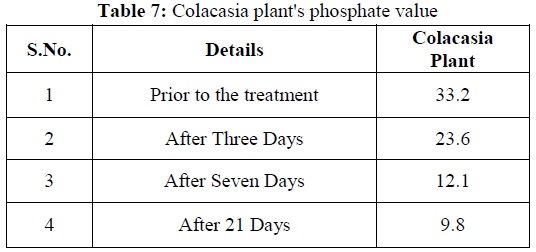Colacasia Plants Used Treat Waste Water from Homes
DOI:
https://doi.org/10.54741/asejar.1.1.3Keywords:
colacasia plants, waste water, homes, techniqueAbstract
One of the low-cost wastewater treatment options is Root Zone Technology. We can treat non-point sources effectively, with the help of this method. To achieve this purpose, trailed by the source area bed, we must distinct non-point bases into created channels inside the river bank, or if the non-point bases are natural nulls, we are able to deliver this system through their channel. We set up a channel on which I created a source area bed and conducted a laboratory examination the director's production on a variety the factors. The two parameters for which channels must be built are flow rate and detention time. As a result, I'm adjusting the flow rate to see how the parameter changes over time. When we obtain the best result with the most flow, we say we've optimized. For the three-day, seven-day, and twenty-one-day detention periods, I received satisfactory results. Using this information, I created a root zone bed system for the identified actual domestic sources.
Downloads

Published
How to Cite
Issue
Section
ARK
License
Copyright (c) 2022 Prasenjit Sikdar, Tanvi Gosh, Sandeep Roy

This work is licensed under a Creative Commons Attribution 4.0 International License.
Research Articles in 'Applied Science and Engineering Journal for Advanced Research' are Open Access articles published under the Creative Commons CC BY License Creative Commons Attribution 4.0 International License http://creativecommons.org/licenses/by/4.0/. This license allows you to share – copy and redistribute the material in any medium or format. Adapt – remix, transform, and build upon the material for any purpose, even commercially.










